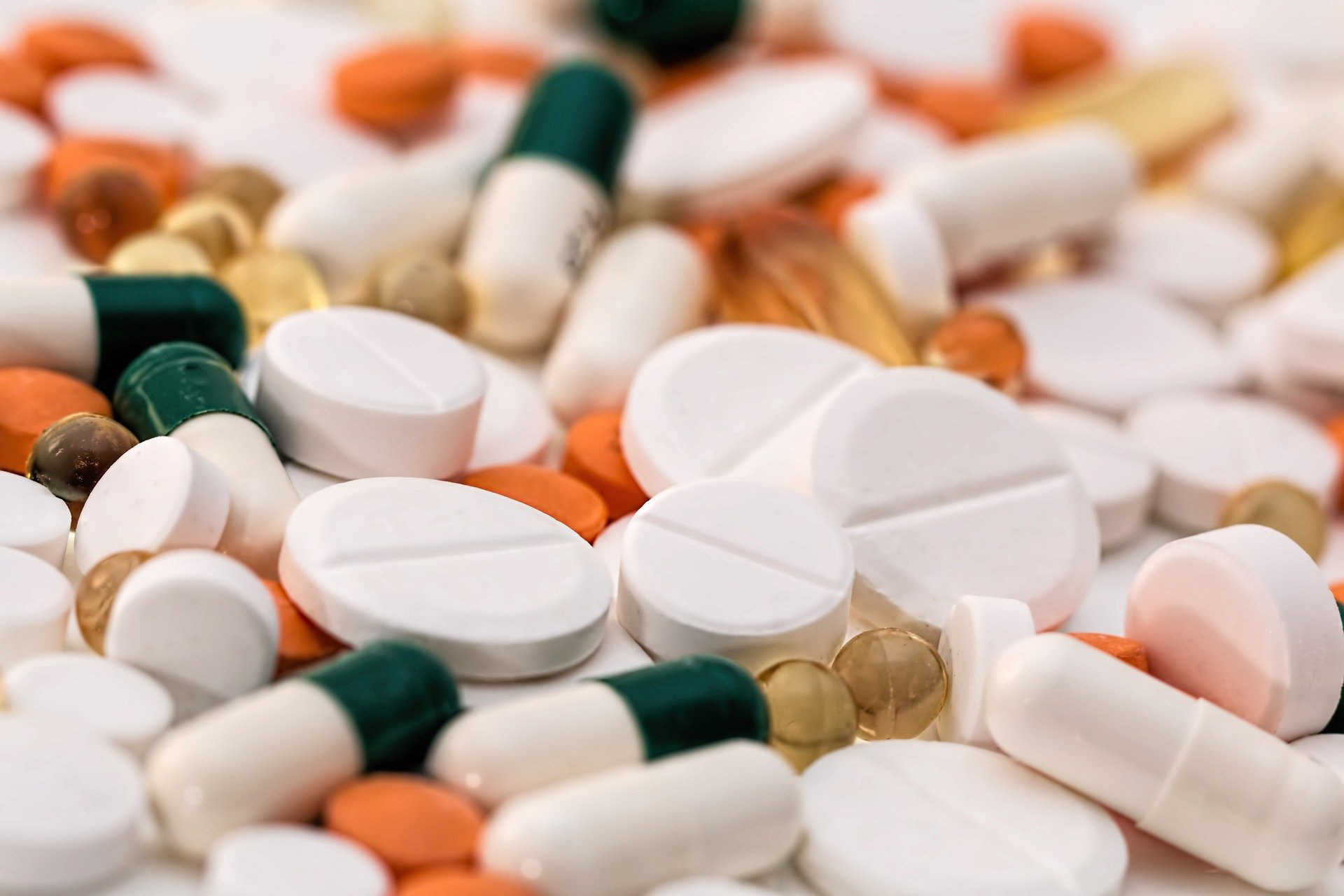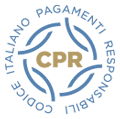What is a generic medicine
DEFINITION
A generic medicine is a medicinal product that contains the same amount of active substance and affords the same bioavailability as a proprietary medicine whose patent has expired.
Proprietary medicinal products are protected by patent for a number of years in order to facilitate the pharmaceutical company that funded the lengthy research and product launch process. At the end of this “protected” period, the medicinal product may be manufactured by other pharmaceutical companies and sold at lower prices.
WHY IT HAS A SOCIAL VALUE
The citizen’s right to health is the principle that has always guided policymakers, healthcare professionals and pharmaceutical companies.
The State, with the economic resources it possesses, guarantees all citizens services to promote their health in the form of hospital care, home medical care and pharmaceutical care.
In recent decades, assiduous and scrupulous healthcare has made a tangible contribution to prolonging people’s average lifespan, which in Italy, according to the latest estimates, is 82 years for women and 78 years for men.
This has led to an increase in the population’s health demands and, consequently, in the resources provided by the State.
This has resulted in a quest for different types of funding that have involved all system stakeholders, which have been called on to make further commitments, as well as citizens themselves.
GENERICS BECOME EQUIVALENT MEDICINES
The definition of an equivalent medicine is contained in Article 10, subsection 5, Letter b of the Legislative Decree 219 of 2006, which states: “generic medicinal product: a medicinal product having the same qualitative and quantitative composition in terms of active ingredient and the same pharmaceutical form of a reference medicinal product and which bioequivalence to the reference medicinal product has been demonstrated by appropriate studies”.

WHAT THE LAW SAYS
The definition of an equivalent medicine is contained in Article 10, subsection 5, Letter b of the Legislative Decree 219 of 2006, which states: “generic medicinal product: a medicinal product having the same qualitative and quantitative composition in terms of active ingredient and the same pharmaceutical form of a reference medicinal product and which bioequivalence to the reference medicinal product has been demonstrated by appropriate studies”.
THE CONCEPT OF BIOEQUIVALENCE
Two medicinal products are defined as bioequivalent when their bioavailability, i.e. the quantity of active ingredient that is released into the bloodstream, and the rate at which it is released are equivalent.
In practice, the concept of equivalent medicine is based on the assumption that, in the same subject, equal active substance plasma concentrations over time will produce an equal concentration of the substance at the site of action and, therefore, an equal therapeutic effect.
This is why the Agenzia Italiana del Farmaco (AIFA – Italian Medicines Agency) grants authorisation to produce and market an equivalent medicine on condition that the quality of the product is documented and that its bioequivalence to the original medicine is demonstrated.
WHY IT COST LESS
An equivalent medicine costs less in comparison to the original because the costs of research have been recovered during the period in which the product was under patent.
It is well known that to demonstrate the efficacy and safety of a new medicine it is necessary to test the product on hundreds or even thousands of subjects. Such testing takes months and has high costs.
On the contrary, a company that produces and markets an equivalent medicine does not have to prove its therapeutic efficacy: if its active ingredient reaches the same blood levels as those obtained with the original medicine (i.e. if it is bioequivalent) it therefore has the same therapeutic efficacy. Demonstrating bioequivalence to a medicine that is known to be safe and effective requires much less time and greatly reduced costs, and so the equivalent medicine can be marketed at lower price.
THE ROLE OF THE DOCTOR
Generic drugs have been available in Italy for more than ten years now and the General Practitioner (GP) has learned how to use them better. Nevertheless, in the everyday clinical practice, some critical points still appear that directly involve the peculiar relationship between the GP and the patient: the GP is the cornerstone of the healing process and the patient has trust in this relationship.
The widespread availability of drugs based on the same active ingredient and for which patent protection has expired may generate confusion: the prescription of a generic drug, though already accepted as far as efficacy and safety are concerned, needs to be supported by specific information to patients who, in the general medicine setting, are often elderly and fragile and who may have memorized some peculiar element of branded drugs (such as commercial name, packaging, color of the tablets etc.). In the prescribing choice, the GP needs to manage the possible objections not only arising from the patient but also from other health professionals such as the Specialist (it may for instance happen that the patient is recommended to take a branded medicinal product at hospital discharge) and the Pharmacist, who can substitute the generic product prescribed by the GP with a different one.
The GP has a mean to grant both the therapeutic choice and the patient: add to the prescription the ban to substitute in all cases where this is considered appropriate, avoiding therefore the chance of repeated substitutions among different generic products, potentially confounding for the patient. Furthermore, the note “not-substitutable” allows the GP to evaluate the results of the therapy, i.e. check in time whether a specific product generates the expected benefit for the patient, which is an essential factor for drugs intended to heal chronic illnesses, where efficacy needs to be verified in time.
GLOSSARY
Click on each term for further informations
BIOAVAILABILITY
PATENT AND PATENT PROTECTION
TRANSPARENCY LIST
ORIGINATOR or ORIGINAL MEDICINE
ACTIVE INGREDIENT
AT THE PHARMACY: THE OPTION OF SUBSTITUTION
The concept of substitution is closely connected to that of bioequivalence; if a medicinal product is bioequivalent to a reference medicinal product the patient can obtain the latter without paying the price difference.
Click on each term for further informations
THE ROLE OF THE PHARMACIST
The pharmacist has a pivotal role to play in the development and dissemination of the use and culture of equivalent medicines. Since 2001, by law, the pharmacist is obliged to inform the patient of the availability of an equivalent medicine corresponding to the original medicine and to inform the patients about the difference in price and the amount of money they have to pay if they decide to buy the original.
The pharmacist also has the important task of reassuring the patient about the quality of the equivalent medicine, the similarity of its therapeutic activity and of the incidence of its side effects compared to those of the original product.



